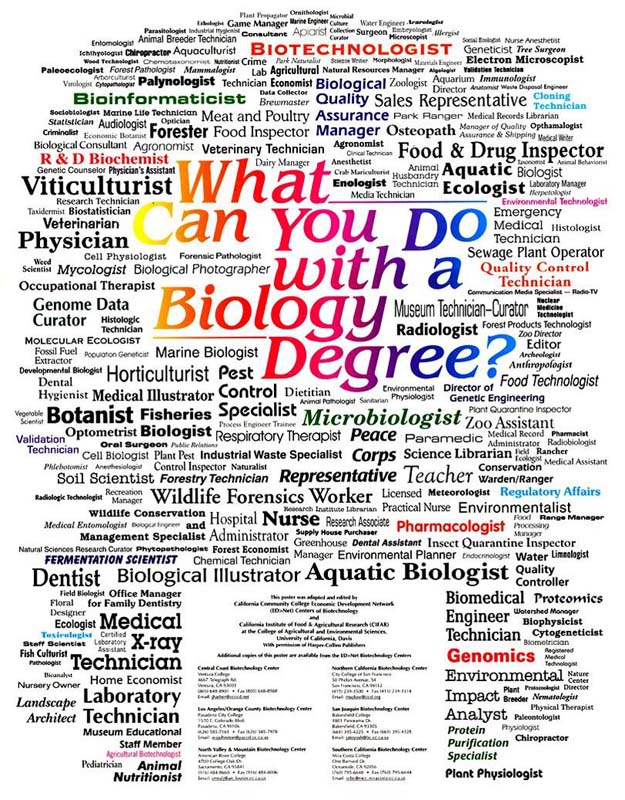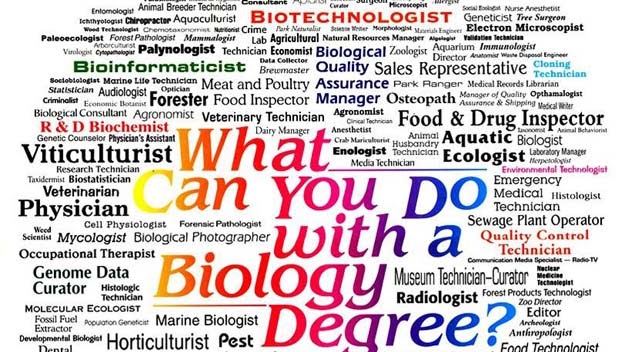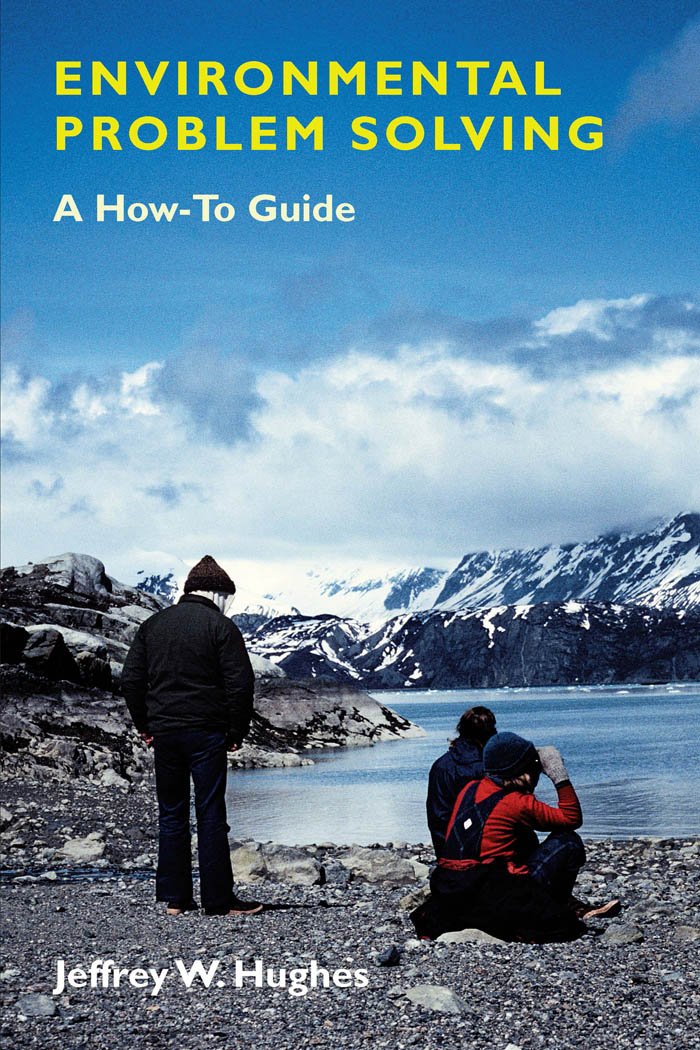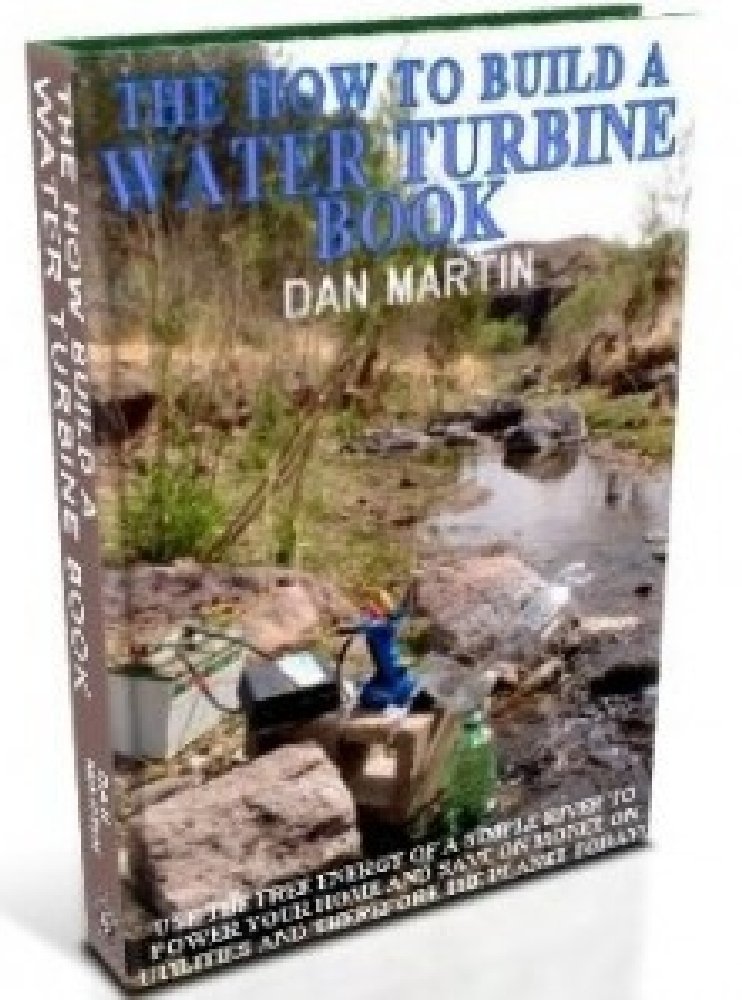STEM is an acronym referring to the academic disciplines of science, technology, engineering, and mathematics. The term is typically used when addressing education policy and curriculum choices in schools to improve competitiveness in science and technology development. It has implications for workforce development, national security concerns and immigration policy. The acronym arose in common use shortly after an interagency meeting on science education held at the US National Science Foundation chaired by the then NSF director Rita Colwell. A director from the Office of Science division of Workforce Development for Teachers and Scientists suggested the change from the older acronym SMET to STEM. Dr. Colwell, expressing some dislike for the older acronym, responded by suggesting NSF to institute the change. One of the first NSF projects to use the acronym was STEMTEC, the Science, Technology, Engineering and Math Teacher Education Collaborative at the University of Massachusetts Amherst, which was funded in 1997.

Other variations
- eSTEM (environmental STEM)
- METALS (STEAM + Logic), introduced by Su Su at Teachers College, Columbia University.
- MINT (mathematics, information sciences, natural sciences, and technology); a less common term with a similar meaning. MINT is used more often in Germany.
- STREM (science, technology, robotics, engineering and mathematics); adds robotics as a field.
- STEAM (science, technology, engineering, art, and mathematics); adds the arts as a field for a more holistic view.
- STEAM (science, technology, engineering and applied mathematics); more focus on applied mathematics
- STREAM (science, technology, religion, engineering, art, and mathematics); adds both religion and arts.
- GEMS (Girls in Engineering, Math, and Science); used for programs to encourage females into these science fields.
- STEMM (science, technology, engineering, mathematics, and medicine)
Environmental Science Degree Jobs Video
United States
In the United States, the acronym began to be used in education and immigration debates in initiatives to begin to address the perceived lack of qualified candidates for high-tech jobs. It also addresses concern that the subjects are often taught in isolation, instead of as an integrated curriculum. Maintaining a citizenry that is well versed in the STEM fields is a key portion of the public education agenda of the United States. The acronym has been widely used in the immigration debate regarding access to United States work visas for immigrants who are skilled in these fields. This version of the term is accredited to Texas. It has also become commonplace in education discussions as a reference to the shortage of skilled workers and inadequate education in these areas.
National Science Foundation
Many organizations in the United States follow the guidelines of the National Science Foundation on what constitutes a STEM field. The NSF uses a broader definition of STEM subjects that includes subjects in the fields of chemistry, computer and information technology science, engineering, geosciences, life sciences, mathematical sciences, physics and astronomy, social sciences (anthropology, economics, psychology and sociology), and STEM education and learning research. Eligibility for scholarship programs such as the CSM STEM Scholars Program use the NSF definition.
It is the only American federal agency whose mission includes support for all fields of fundamental science and engineering, except for medical sciences. Its disciplinary program areas include scholarships, grants, fellowships in fields such as biological sciences, computer and information science and engineering, education and human resources, engineering, environmental research and education, geosciences, international science and engineering, mathematical and physical sciences, social, behavioral and economic sciences, cyberinfrastructure and polar programs.
Immigration policy
Although many organizations in the United States follow the guidelines of the National Science Foundation on what constitutes a STEM field, the United States Department of Homeland Security (DHS) has its own functional definition used for immigration policy. In 2012, DHS or ICE announced an expanded list of STEM designated-degree programs that qualify eligible graduates on student visas for an optional practical training (OPT) extension. Under the OPT program, international students who graduate from colleges and universities in the United States are able to remain in the country and receive training through work experience for up to 12 months. Students who graduate from a designated STEM degree program can remain for an additional 17 months on an OPT STEM extension.
STEM-eligible degrees in US immigration
An exhaustive list of STEM disciplines does not exist because the definition varies by organization. The U.S. Immigration and Customs Enforcement lists disciplines including physics, actuarial science, chemistry, biology, mathematics, applied mathematics, statistics, computer science, computational science, psychology, biochemistry, robotics, computer engineering, electrical engineering, electronics, mechanical engineering, industrial engineering, information science, civil engineering, aerospace engineering, chemical engineering, astrophysics, astronomy, optics, nanotechnology, nuclear physics, mathematical biology, operations research, neurobiology, biomechanics, bioinformatics, acoustical engineering, geographic information systems, atmospheric sciences, educational/instructional technology, software engineering, and educational research.
Education
STEM generally supports broadening the study of engineering within each of the other subjects, and beginning engineering at younger grades, even elementary school. It also brings STEM education to all students rather than only the gifted programs. In his 2012 budget, President Barack Obama renamed and broadened the "Mathematics and Science Partnership (MSP)" to award block grants to states for improving teacher education in those subjects.
In 2006 the United States National Academies expressed their concern about the declining state of STEM education in the United States. Its Committee on Science, Engineering, and Public Policy developed a list of 10 actions. Their top three recommendations were to
- Increase America's talent pool by improving K-12 science and mathematics education
- Strengthen the skills of teachers through additional training in science, mathematics and technology
- Enlarge the pipeline of students prepared to enter college and graduate with STEM degrees
The National Aeronautics and Space Administration also has implemented programs and curricula to advance STEM education in order to replenish the pool of scientists, engineers and mathematicians who will lead space exploration in the 21st century.
Individual states, like California, have run pilot after-school STEM programs, for example, to learn what the most promising practices are and how to implement them to increase the chance of student success.
Continuing STEM education has expanded to the post-secondary level through masters programs such as The University of Maryland's STEM Program as well as the University of Cincinnati.
American Competitiveness Initiative
In the State of the Union Address on January 31, 2006, President George W. Bush announced the American Competitiveness Initiative. Bush proposed the initiative to address shortfalls in federal government support of educational development and progress at all academic levels in the STEM fields. In detail, the initiative called for significant increases in federal funding for advanced R&D programs (including a doubling of federal funding support for advanced research in the physical sciences through DOE) and an increase in U.S. higher education graduates within STEM disciplines.
The NASA Means Business competition, sponsored by the Texas Space Grant Consortium, furthers that goal. College students compete to develop promotional plans to encourage students in middle and high school to study STEM subjects and to inspire professors in STEM fields to involve their students in outreach activities that support STEM education.
The National Science Foundation has numerous programs in STEM education, including some for K-12 students such as the ITEST Program that supports The Global Challenge Award ITEST Program. STEM programs have been implemented in some Arizona schools. They implement higher cognitive skills for students and enable them to inquire and use techniques used by professionals in the STEM fields.
The STEM Academy is a national nonprofit-status organization dedicated to improving STEM literacy for all students. It represents a recognized national next-generation high-impact academic model. The practices, strategies, and programming are built upon a foundation of identified national best practices which are designed to improve under-represented minority and low-income student growth, close achievement gaps, decrease dropout rates, increase high school graduation rates and improve teacher and principal effectiveness. The STEM Academy represents a flexible use academic model that targets all schools and is for all students.
Project Lead The Way (PLTW) is a leading provider of STEM education curricular programs to middle and high schools in the United States. The national nonprofit organization has over 5,200 programs in over 4,700 schools in all 50 states. Programs include a high school engineering curriculum called Pathway To Engineering, a high school biomedical sciences program, and a middle school engineering and technology program called Gateway To Technology. PLTW provides the curriculum and the teacher professional development and ongoing support to create transformational programs in schools, districts, and communities. PLTW programs have been endorsed by President Barack Obama and United States Secretary of Education Arne Duncan as well as various state, national, and business leaders.
STEM Education Coalition
The Science, Technology, Engineering, and Mathematics (STEM) Education Coalition works to support STEM programs for teachers and students at the U. S. Department of Education, the National Science Foundation, and other agencies that offer STEM-related programs. Activity of the STEM Coalition seems to have slowed since September 2009.
Boy Scouts of America
The Boy Scouts of America have announced the roll out of an awards program in the spring of 2012 to promote more interest and involvement in the STEM disciplines. The NOVA and SUPERNOVA awards are available to Boy Scouts, Cub Scouts and Venturers as they complete specific requirements appropriate to their program level in each of the four main STEM program areas: science, technology, engineering, and mathematics.
Department of Defense programs
The Ecybermission is a free, web-based science, mathematics and technology competition for students in grades six through nine sponsored by the U.S. Army. Each webinar is focused on a different step of the scientific method and is presented by an experienced eCYBERMISSION CyberGuide. CyberGuides are military and civilian volunteers with a strong background in STEM and STEM education, who are able to provide valuable insight into science, technology, engineering, and mathematics to students and team advisers.
STARBASE is a premier educational program, sponsored by the Office of the Assistant Secretary of Defense for Reserve Affairs. Students interact with military personnel to explore careers and make connections with the "real world." The program provides students with 20-25 hours of stimulating experiences at National Guard, Navy, Marines, Air Force Reserve and Air Force bases across the nation.
SeaPerch is an innovative underwater robotics program that trains teachers to teach their students how to build an underwater remotely operated vehicle (ROV) in an in-school or out-of-school setting. Students build the ROV from a kit composed of low-cost, easily accessible parts, following a curriculum that teaches basic engineering and science concepts with a marine engineering theme.
Legislation
America COMPETES Act of 2007: The America COMPETES Act (P.L. 110-69) became law on August 9, 2007. The act responds to concerns that the United States may not be able to compete economically with other nations in the future due to insufficient investment today in science and technology research and science, technology, engineering, and mathematics (STEM) education and workforce development. The America COMPETES Act is intended to increase the nation's investment in science and engineering research and in STEM education from kindergarten to graduate school and postdoctoral education.
The act authorizes funding increases for the National Science Foundation, National Institute of Standards and Technology laboratories, and the Department of Energy (DOE) Office of Science over FY2008-FY2010. Robert Gabrys, Director of Education at NASA's Goddard Space Flight Center, articulated success as increased student achievement, early expression of student interest in STEM subjects, and student preparedness to enter the workforce.
In January 2014, the U.S. House of Representatives Research and Technology subcommittee held a hearing to examine STEM education programs run by the private sector. In 2014 the U.S. federal government plans to spend $3 billion on STEM education programs through a variety of federal agencies.
Jobs
In November 2012 the White House announcement before congressional vote on the STEM Jobs Act put President Obama in opposition to many of the Silicon Valley firms and executives who bankrolled his re-election campaign. The Department of Labor identified 14 sectors that are "projected to add substantial numbers of new jobs to the economy or affect the growth of other industries or are being transformed by technology and innovation requiring new sets of skills for workers." The identified sectors were as follows: advanced manufacturing, Automotive, construction, financial services, geospatial technology, homeland security, information technology, Transportation, Aerospace, Biotechnology, energy, healthcare, hospitality, and retail.
The Department of Commerce notes STEM fields careers are some of the best-paying and have the greatest potential for job growth in the early 21st century. The report also notes that STEM workers play a key role in the sustained growth and stability of the U.S. economy, and training in STEM fields generally results in higher wages, whether or not they work in a STEM field.

Canada
Canada ranks 12th out of 16 peer countries in the percentage of its graduates who studied in STEM programs, with 21.2%, a number higher than the United States but lower than countries such as France, Germany, and Austria. The peer country with the greatest proportion of STEM graduates, Finland, has over 30% of their university graduates coming from science, mathematics, computer science, and engineering programs.
Scouts Canada
Scouts Canada has taken similar measures to their American counterpart to promote STEM fields to youth. Their STEM program began in 2015.
Schulich Leader Scholarships
In 2011 Canadian entrepreneur and philanthropist Seymour Schulich established the Schulich Leader Scholarships, $100 million in $60,000 scholarships for students beginning their university education in a STEM program at 20 institutions across Canada. Each year 40 Canadian students would be selected to receive the award, two at each institution, with the goal of attracting gifted youth into the STEM fields. The program also supplies STEM scholarships to five participating universities in Israel.

India
In 2015, the Ministry of Human Resource Development has set up the Rashtriya Avishkar Abhiyan(RAA) - a convergent framework that aims at nurturing a spirit of inquiry and creativity, love for Science and Mathematics and effective use of technology amongst children and encourage those who show an inclination and talent for these subjects to be encouraged and supported to heights of academic excellence and research. Under this program, Rashtriya Avishkar Abhiyan will target students in the age group of 6 - 18 years and inturn the execution of RAA will span across MHRD's schematic interventions of Sarva Shiksha Abhiyan, Rashtriya Madhyamik Shiksha Abhiyan in the Department of School Education & Literacy and programmes and schemes of Department of Higher Education to encourage Science, Mathematics & Technology.

Turkey
Turkish STEM Education Task Force (or FeTeMM--Fen Bilimleri, Teknoloji, Mühendislik ve Matematik) is a coalition of academicians and teachers who show an effort to increase the quality of education in STEM fields rather than focussing on increasing the number of STEM graduates.

Qatar
Qatar took the initiation to activate STEM through AL-Bairaq program. AL-Bairaq is carried out by Center for Advanced Materials (CAM) at Qatar University and targets high-school students with a curriculum that focuses on STEM. AL-Bairaq engages high school students in scientific activities which enhances their skills, motivation, and interest and guide them in their future career. Each year around 946 students participate in AL-Bairaq competitions with about 40 high schools in Qatar.
What is special in AL-Bairaq project is that it links between learning and fun, which motivate youth to join it. It doesn't depend on the ready prepared lessons but make the students to be partners in the learning process. AL-Bairaq also, gives the students the freedom for discovering their abilities and skills. AL-Bairaq engages students and increases motivation with project-based learning, encourages students to solve authentic problems, and inquires them to work with each other as a team to build real solutions. AL-Bairaq is cultural achievements that reflect student's humanity, power the economy for our country.
The effects of AL-Bairaq on the secondary school students are supported by the results of a research which was carried out in Qatar as they concluded that advanced learning environment resulted in the improvement of the students' ability to acquire and retain new knowledge. Furthermore, advanced learning environment had direct positive impact on students' attitude towards research and students gained positive attitude towards work as well.

Women
Current campaigns to increase the gender balance within STEM fields include the UK's WISE as well as mentoring programs, such as the Million Women Mentors initiative connecting girls and young women with STEM mentors and Verizon's #InspireHerMind project. The US Office of Science and Technology Policy during the Obama administration is collaborating with the White House Council on Women and Girls to increase the participation of women and girls within STEM fields along with the "Educate to Innovate" campaign.
Women in STEM fields are often underrepresented, holding less than 25% of the jobs in the U.S. and 13% in the UK (2014). In the United States, studies have been conducted to explain this pattern, such as mechanisms in recruitment and hiring processes. On average, women in STEM fields earn 33% more than those in non-STEM professions. However, women can be found as leaders in top professions around the country. These include the U.S. Department of Defense, NASA, and the National Science Foundation (NSF).
Though women nearly comprise half of the US workforce, they've held less than 25% of STEM jobs consistently over the last decade. Women and other minorities account for 75% of college students but earn only 45% of STEM degrees each year. While 12% of women in bachelor programs will get a degree in STEM each year, only 3% go on to work within the STEM field. According to the National Science Foundation, only 5% of Asian women, 5% of African American women and 2% of Hispanic women constitute scientist and engineering labor force in the U.S. While nearly 60% of bachelor's degrees are awarded to graduating women each year, less than 20% are in computer science.

Criticism of the STEM concept
The focus on increasing participation in STEM fields has attracted criticism. In the 2014 article "The Myth of the Science and Engineering Shortage" in The Atlantic, demographer Michael S. Teitelbaum criticized the efforts of the U.S government to increase the number of STEM graduates, saying that, among studies on the subject, "No one has been able to find any evidence indicating current widespread labor market shortages or hiring difficulties in science and engineering occupations that require bachelors degrees or higher", and that "Most studies report that real wages in many--but not all--science and engineering occupations have been flat or slow-growing, and unemployment as high or higher than in many comparably-skilled occupations." Teitelbaum also wrote that the then-current national fixation on increasing STEM participation paralleled previous U.S. government efforts since World War II to increase the number of scientists and engineers, all of which he stated ultimately ended up in "mass layoffs, hiring freezes, and funding cuts"; including one driven by the Space Race of the late 1950s and 1960s, which he wrote led to "a bust of serious magnitude in the 1970s."
IEEE Spectrum contributing editor Robert N. Charette echoed these sentiments in the 2013 article "The STEM Crisis Is a Myth", also noting that there was a "mismatch between earning a STEM degree and having a STEM job" in the United States, with only around 1/4 of STEM graduates working in STEM fields, while less than half of workers in STEM fields have a STEM degree.
Economics writer Ben Casselman, in a 2014 study of post-graduation earnings for FiveThirtyEight, wrote that, based on the data, science should not be grouped with the other three STEM categories, because, while the other three generally result in high-paying jobs, "many sciences, particularly the life sciences, pay below the overall median for recent college graduates."
Are You Looking for Products
Here some products related to "STEM Fields".
The Inquisition of Climat..
Book of Majors 2013 (Coll..
Environmental Problem Sol..
DIY Water Turbine for Beg..
Get these at Amazon.com* amzn.to is official short URL for Amazon.com, provided by Bitly
Source of the article : here






EmoticonEmoticon